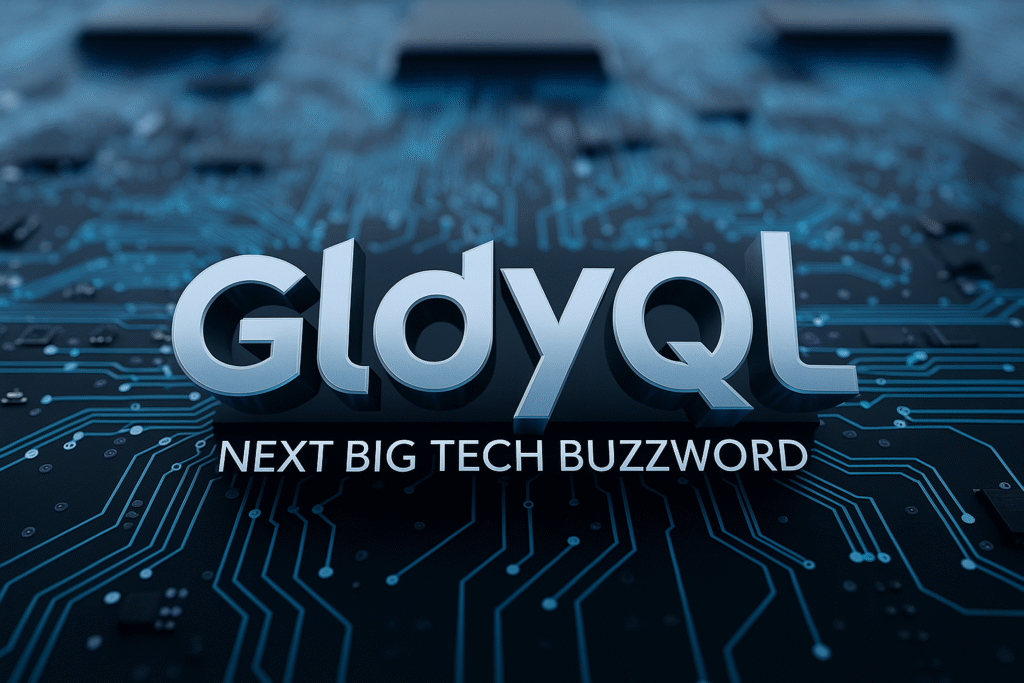Primerem: The Hidden Blueprint Guiding Modern Systems
When you have ever wondered why certain systems whether they may be digital networks, business planning, or AI plan remain true or loyal to their initial form or concept whereas others get lost in the ocean then often the culprit is an invisible anchor. This anchor is Primerem which is a conceptual framework that behaves similar to the DNA of the system because it serves to keep the system whole in times of change because of its rapidity.
Consider Primerem a clandestine protector. It is not something cool or a fad but a logic made up of what and why a system exists rather than how it works. The distinction between an AI ethics and the process of corporate decision-making, this seed is the aforementioned so-called first principle that helps assure that systems do not lose their soul on their way to development.
Origins and Evolution of Primerem
The name Primerem is a combination of the words prime (as in first or most important) and rem (which is short hand of embedded memory). It has developed out of interdisciplinary discussions between AI researchers, systems engineers, Cognitive scientists and organizational theorists.
In its earliest uses, Primerem described the “core assumption layer” in complex digital systems—the part that remains constant even when everything else changes. It wasn’t tied to hardware or a specific programming language but to an embedded philosophy.
Over time, its meaning expanded beyond technology. Primerem can be used today in business strategy, preservation of culture, structure of governances and even in individual growth. It is primarily meant to guarantee continuity of purpose- say, an AI put in the interests of human safety or a brand true to its values at formation.
Primerem in Action: Real-World Applications
While the concept might sound abstract, Primerem manifests in practical, everyday ways.
- Artificial Intelligence: When autonomous vehicles face split-second decisions, Primerem logic ensures that minimizing harm to humans overrides efficiency or speed.
- Blockchain & DeFi: During market turbulence or network forks, decentralized systems often “remember” their founding principles—transparency, fairness, and security—thanks to their Primerem layer.
- Corporate Strategy: Businesses undergoing pivots often return to their core mission statements to guide difficult choices. This is not nostalgia but a type of Primerem-decision making.
Education Technology: Learning tools that build on an adaptive learning and responsive technology may transform their methods of content delivery, but Primerem would make sure that they do not forget their founding teaching principles like providing availability and engagement to their learners.
Open-Source Communities: The successful communities go back to the principled ingesting such as trust and collaboration prior to changing the foundations when conflict arises.
The examples above clearly demonstrate that Primerem is not merely theoretical, but it can even inform the decisions made in critical times lacking certainty.
Why Primerem Matters for System Longevity
The strength of Primerem lies in its ability to help systems adapt without losing their purpose.
- Without Primerem: Organizations, software, and even social movements risk becoming bloated, inconsistent, or disconnected from their original values.
- With Primerem: They rectify when they go off track re-focusing on the values upon which they are worth something in the first place.
It has nothing to do with holding on to old concepts- it is matter of maintaining a compass that guides you to your central bogey north north star as you travel amidst changing terrain. Such an ability to be adaptive and yet remain very consistent is what distinguishes resilient systems and the ones that fall under the pressure.
Designing with Primerem in Mind
Whether you’re building a piece of technology, a business, or a social framework, embedding Primerem from the start can make a huge difference. Best practices include:
Establish the Why Soon: Before you establish technical or operation rules set the ethical principle you want to guard.
Construct Build Reflection Points: Construct built-in decision points about whether the system is still carrying out the purpose it was established.
Foundation Logic Document: Write out a clear record of the intent so any future stakeholder looking back is able to reference it.
Train Your people: Each person that works with the system should learn the essential elements of the system and how to secure it.
Guard Against Drift: Put in place mechanisms to help detect early symptoms of deviating off the actual mission.
The answer is malleable- Primerem will need to change as the need dictates, however it can never lose the core of what defines this system.
Risks and Limitations of Primerem
As with any idea that can be strong, Primerem has some pitfalls in case of its wrong use:
Rigidity: Pressing so hard to have the original patterns may be stunted creativity.
Obsolescence: Without the revisions, the initial principles may be rendered invalid, or even pernicious.
Manipulation: Ill-minded actors may take advantage and revise the Primerem values to their advantage.
Opacity: Lack of transparency leads to the stakeholders suspicion of the manner in which the core principles are being geared towards.
The solution? Construct Primerem with moral protective measures, flexibility and easy communication.
The Philosophical Roots of Primerem
Primerem has echoes in philosophy, psychology, and cultural tradition:
- Philosophy: Ancient philosophers referred to the origin of all things as “arch e” namely, the first principle or cause where everything roots.
- Cognitive Science: Primerem is similar to episodic memory where the basis of choices are made by the experience of past.
- Culture: Traditions and constitutions act as society’s Primerem, anchoring communities to shared values.
When the world is awash in data, data management systems awash in algorithms, and constantly changing norms, Primerem serves as a kind of lighthouse to help guide systems through the confusion and still know who they are.
Conclusion: Primerem as the Compass for the Future
More complex our systems are the more easier it becomes to forget what they were being created to do. The vaccination against that amnesia is Primerem. It is the moral spine, sun of wisdom and a little voice of mission.
When we integrate Primerem into our designs, not only do we promote the capacity of systems to operate, but we make them whole, through the power of the wisdom to survive. In short, Primerem isn’t a restriction—it’s a compass, ensuring progress without losing direction.
FAQs About Primerem
1. Is Primerem a type of technology or software?
No. Primerem is a conceptual framework, not a tangible product. It can be embedded in technology, organizations, and cultural systems as a guiding principle.
2. How does Primerem differ from a protocol?
A protocol is a set of operational rules (“how”), while Primerem defines the foundational purpose (“why”).
3. Can Primerem change over time?
Yes. While its core values remain, Primerem should evolve to stay relevant to modern challenges and opportunities.
4. Why is Primerem important for AI?
It makes sure that AI systems cannot simply execute orders without question but arrive at decisions that are in line with humanity and safety.
5. How can organizations create their own Primerem?
Defining their core mission very early, and integrating points of reflection into the decision making as well as getting all people to know and embrace the core values behind these decisions.



